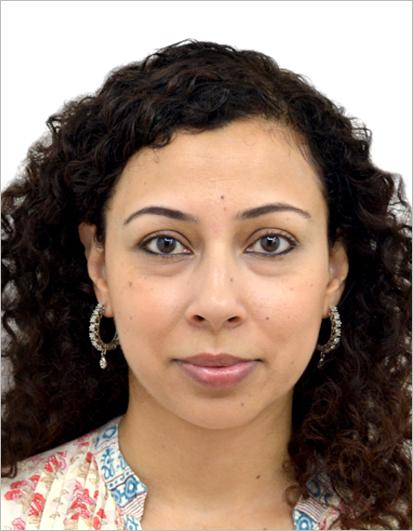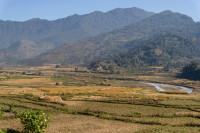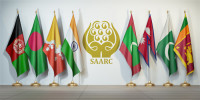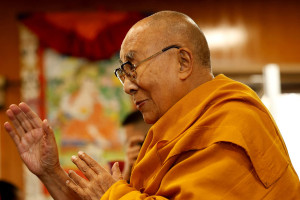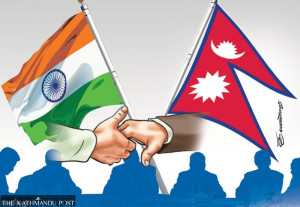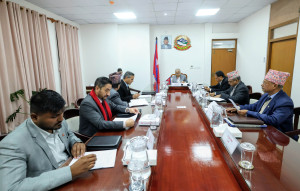Columns
India’s woman voter and the empty glass
Phenomenal rise of the Indian woman voter is only one part of the story.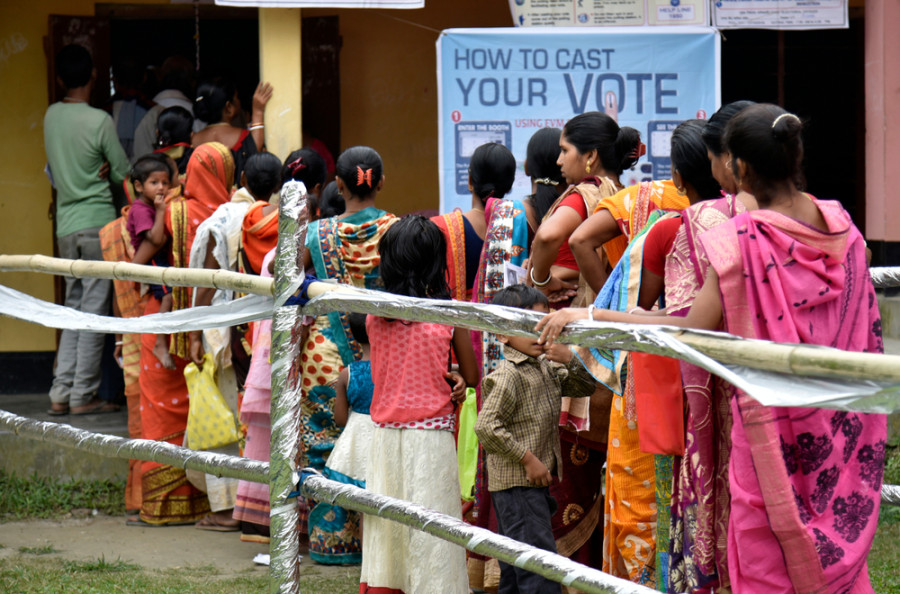
Ruhi Tewari
Yet another election in India, and women have become the buzzword again. Both the ruling Chief Minister Nitish Kumar-led regime and the opposition Rashtriya Janata Dal in Bihar have declared their commitment to the cause of women voters by promising cash transfer schemes ahead of the elections due early next month.
Wooing women voters has become the go-to mantra for the political class ahead of elections ever since they became a national conversation with the rise of Narendra Modi as a pan-India leader in 2014. Political parties realised the untapped potential of this electorate and have since relentlessly pursued it with unbridled enthusiasm, at times using innovative and meaningful techniques and at others, resorting to lazy and unimaginative handouts.
Women voters have finally been recognised as a formidable force and an independent voting bloc, which means they are now treated as equal stakeholders. A significant amount of welfare policy conversation is around their needs and priorities. Numbers show how women now match men in voter turnout, a far cry from the wide gender gap in the earlier decades.
But this phenomenal rise of the Indian woman voter is only one part of the story. It is only a battle won, while the war is still very much on. Not to disregard the import of women being finally treated as equals in the voting process, but absolute political empowerment of women is still a distant dream.
Two examples tell us exactly why the glass is only half full. One, the impact of the Special Intensive Revision (SIR) of the electoral rolls in Bihar by the Election Commission of India on women and two, the representation of women in the Lok Sabha and State Legislative Assemblies.
Exercises that disenfranchise women
The Special Intensive Revision (SIR) can in very uncomplicated terms be described as a deep scrubbing of electoral rolls to make necessary updates and deletions, while weeding out duplications and frauds. The exercise became controversial in Bihar because of the ECI’s push to conduct such an exhaustive exercise in a very short duration and the initially restrictive set of permitted documents it laid out.
In final electoral roll for Bihar after completing the SIR exercise, the total electorate decreased by approximately 3.8 million from 78 million on January 1, 2025, to 74 million now. However, it was women who seem to have taken the biggest hit. While male voters decreased by 3.8 percent, women voters saw a significantly steeper decline of 6.1 percent.
Thus, essentially, the gender ratio of voters has worsened, and nearly six out of every 10 names deleted during the SIR process have been that of women.
The cruel truth is that women are always going to be at a disadvantage when it comes to exercises like these that require tracing their identity and belonging because their documentation is the weakest. The biggest strength of women in the political sphere today is their ability and right to go and vote at par with men—and with their growing importance, to assert their likes and dislikes through this right. If that right is snatched away from them, their most potent instrument of assertion is diluted.
The exercise to update the National Register of Citizens in Assam—essentially to update citizenship, keeping March 24, 1971, as the cut-off date to identify those who immigrated to Assam illegally from Bangladesh—had a similar tale to tell. Women were the worst affected and were disproportionately excluded because of gaps in documentation to prove lineage.
Exercises like these that put women at an obvious disadvantage and expose their weak documentation and social positions show how they continue to remain the most vulnerable section and prone to disenfranchisement. That voting rights or even citizenship can be snatched away from them so easily due to social disadvantages shows how political empowerment of women is still a utopian dream. This flies in the face of political campaigns and claims that women are now being brought out of the margins.
Dismal representation in power centres
If the SIR and NRC expose grassroots disempowerment of women, the abysmal representation of women in the highest echelons of power shows how the situation is equally disappointing at the top.
According to data from the PRS Legislative Research, a mere 14 percent of Members of Parliament in the Lok Sabha today are women, up from 4 percent in the first Lok Sabha of 1952—an unimpressive growth at best. The figure for the Rajya Sabha is equally condemnable at around 13 percent. There isn’t much better news from state assemblies either. Less than 10 percent of members of legislative assemblies across India are women. PRS Legislative Research also finds there is no difference in ‘winnability’ of men and women candidates, therefore showing how there is inherent discrimination in opportunities.
While the law to reserve one-third of all seats for women in Lok Sabha and State Legislative Assemblies is now in place, it seems to be a case of not enough, and certainly not soon enough.
While women voters may be enjoying their moment in the sun, the political and policy making arenas remain brazenly skewed with respect to gender. This, in turn, also means political conversations and policy decisions around women remain significantly gendered and centred around male perspectives.
As election after election political parties and other stakeholders focus their attention on the female voter, it would serve them well to acknowledge that this is only a part of the problem solved and that several other areas.
The social marginalisation and oppression that women have traditionally been subjected to and continue to face is another conversation altogether. But even with respect to their political and electoral equality, much remains to be done. As India celebrates the arrival of the woman voter and her voice, it becomes imperative to point out how more well-rounded, ingrained and holistic political and electoral empowerment of women is still very much a mirage.




 16.12°C Kathmandu
16.12°C Kathmandu